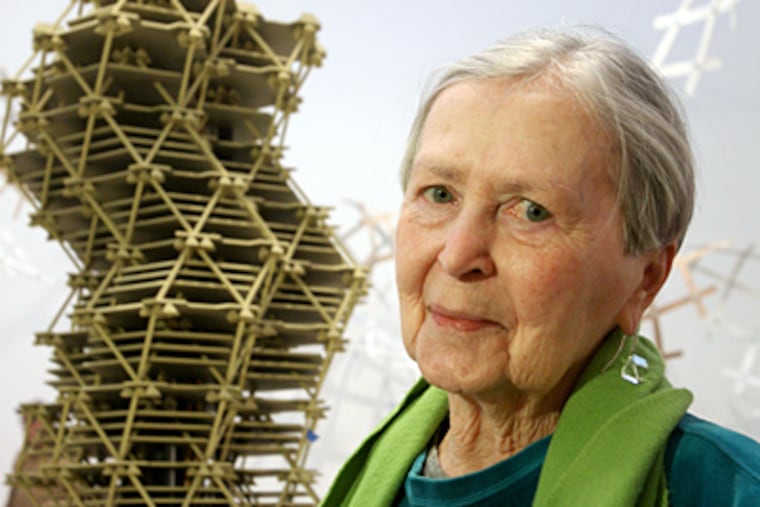Anne Tyng, 91, groundbreaking architect
Anne Tyng, a pioneering woman architect whose ideas about geometry influenced Louis Kahn's buildings and who later had a child with him, died Tuesday, Dec. 27, in Greenbrae, Calif. She was 91, said her daughter, Alexandra, who lives outside Philadelphia.
